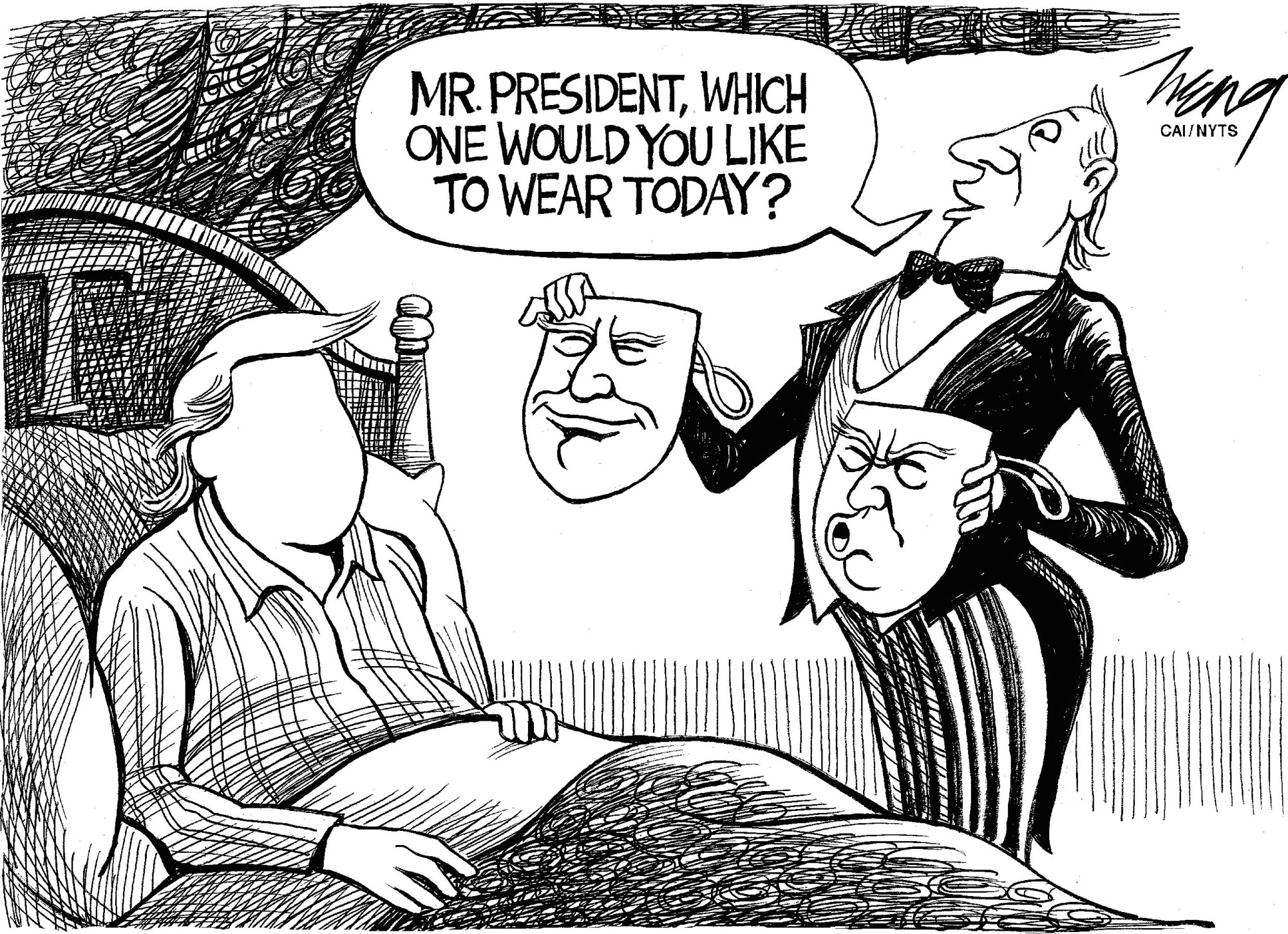Connecting the strategic dots between Afghanistan, Syria and North Korea has become an unavoidable task. Only by doing so can the world begin to discern something resembling a coherent, if misguided, approach to U.S. foreign policy by President Donald Trump's administration.
Start with the military strike on the airfield in Syria from which a chemical attack was launched by Syrian President Bashar Assad's regime. Was the barrage of Tomahawk missiles intended simply to send a message, as the Trump administration claims? Does it suggest a more interventionist approach to Syria's seemingly intractable civil war?
One might wonder if that strike indicates a more muscular foreign policy in general. Shortly afterward, the U.S. military, having received "total authorization" for action from its commander in chief, dropped a massive ordinance air blast (MOAB) bomb — the largest non-nuclear bomb in the U.S. arsenal — on Afghanistan. The immediate goal was to destroy a tunnel network being used by the Islamic State. The question is whether that is all the MOAB was meant for. North Korea's penchant for burying its military installations deep underground is well-known.


















With your current subscription plan you can comment on stories. However, before writing your first comment, please create a display name in the Profile section of your subscriber account page.